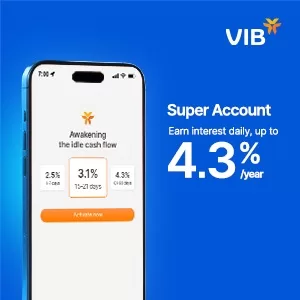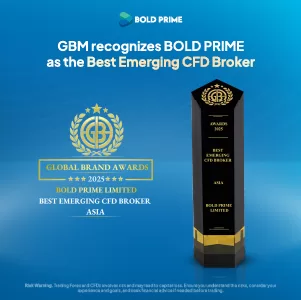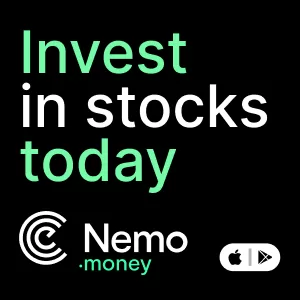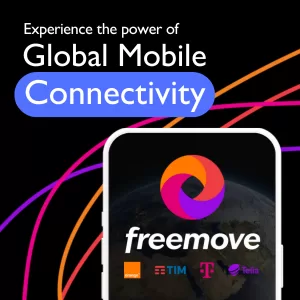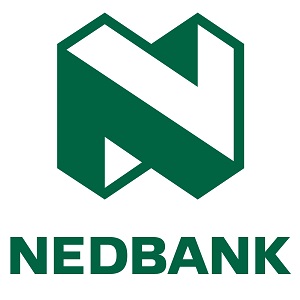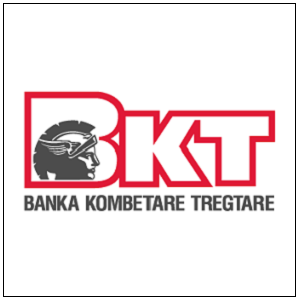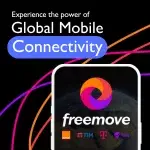Health
The Collapse of a Weight-Loss Giant : Goodbye Weightwatchers

- WeightWatchers was once a household name with millions of members, iconic weigh-ins, and a deeply loyal community built on shared goals.
- Today, it’s a brand in bankruptcy, rebranding itself as a telehealth provider in a crowded and fast-changing wellness market.
On May 6, 2025, when WeightWatchers filed for Chapter 11 in the U.S., Ozempic dominated the headlines.
But that’s not the whole story.
As a reporter covering health and consumer trends, I’ve followed the evolution of WeightWatchers for years. This wasn’t just a brand fighting a pharmaceutical wave. It was facing cultural change, consumer fatigue, and a fractured definition of wellness.
What Really Happened
Ozempic is part of the picture. Not the full one.
There were other signs:
- Declining relevance in the influencer and social media space
- Subscription fatigue in digital wellness platforms
- A younger audience is less interested in traditional diet culture
- Fitness shifts toward holistic, strength-based, and intuitive approaches
On Tuesday, May 6, 2025, WW International officially filed for Chapter 11 bankruptcy protection in the U.S.
The company stated it would use this legal restructuring to eliminate around $1.15 billion in debt and focus on becoming a telehealth services provider. A major part of that shift involves prescription weight-loss medications, including GLP-1 drugs like Ozempic.
WW expects to emerge from bankruptcy within 40 to 45 days. It also confirmed there would be no disruptions to service for current members.
A Brand Trapped in an Old Model
WeightWatchers had become a fixture. Its point system, accountability groups, and weigh-ins—they were built for a different era.
For millennials and Gen Z, weight loss is not the same goal it once was. Mental health, strength, flexibility, and food freedom are leading metrics now.
Apps like Peloton, Fitbit Premium, and WHOOP encourage both performance and mindfulness. They measure sleep, recuperation, and mobility, not calories.
The idea of counting points feels dated.
The Cost of Being Everywhere but Nowhere
WeightWatchers had brand recognition but not cultural relevance.
While competitors leaned into TikTok, YouTube Shorts, and creator-led fitness, WeightWatchers’ messaging struggled to land. It was too polished. Too tied to legacy branding.
By the time they introduced a telehealth option for GLP-1 access, it felt reactive.
The Ozempic Factor
Ozempic’s popularity has skyrocketed, driven by visible weight loss results and a wave of celebrity endorsements. Conversations relating to public figures like Elon Musk or Chelsea Handler had included references to GLP-1 drugs. TikTok views for the hashtag #Ozempic are reaching into the multi-millions, as users claim to be sharing videos with successive transformations. Testimonials such as these weigh more for an average consumer than any marketing campaign with respect to weight loss. The drug has entered the mainstream not just through prescriptions but also through pop culture visibility.
What the Numbers Don’t Show
WeightWatchers once had 5 million subscribers. By early 2024, it dropped to 3.4 million.
But more revealing were shifts in sentiment.
Searches for “non-diet weight loss”, “anti-diet culture”, and “body neutrality” spiked 300% between 2021 and 2023.
Conversations around Ozempic happened alongside, not instead of, this.
Where the Wellness Dollar Is Going
Consumers are investing in:
- Wearable tech that tracks biometrics
- Mindfulness apps like Headspace and Calm
- Functional fitness, like CrossFit, barre, and mobility training
- Food as medicine approaches
They’re buying supplements, protein snacks, and probiotics. They’re attending infrared sauna sessions and breathwork classes.
WeightWatchers, in contrast, was selling behavioural nudges and digital trackers.
The competition expanded. WeightWatchers stayed narrow.
What It Tells Us About Brands Today
Being first doesn’t mean being last. WeightWatchers helped define diet culture. But it didn’t redefine itself in time.
Consumer trust is fluid. The new standard is evidence-based, personalised, and fast. Brands that don’t meet those needs lose traction.
Even with legacy backing, a weak product-market fit can end in bankruptcy.
What’s Next for WeightWatchers
The pivot to telehealth and GLP-1 support isn’t without potential.
But without a brand refresh—without a new story—it may not be enough.
There’s room for science-backed, empathetic wellness brands. But they have to speak the new language. WeightWatchers still sounds like 2005.
Final Thought
WeightWatchers is not the first wellness brand to fall behind. It won’t be the last.
Its decline shows what happens when cultural signals are missed, when branding outpaces product relevance, and when disruption comes from unexpected angles.
Consumers are rewriting the rules. The new playbook is fast, data-driven, and personalised. Brands built in the 20th century are now competing with digital-first startups, creator-led movements, and science-backed medical pathways.
Can legacy companies rebuild trust, relevance, and momentum?
Only if they’re willing to rethink everything.
This story isn’t just about WeightWatchers. It’s about the future of how we define health and who gets to lead that conversation.






